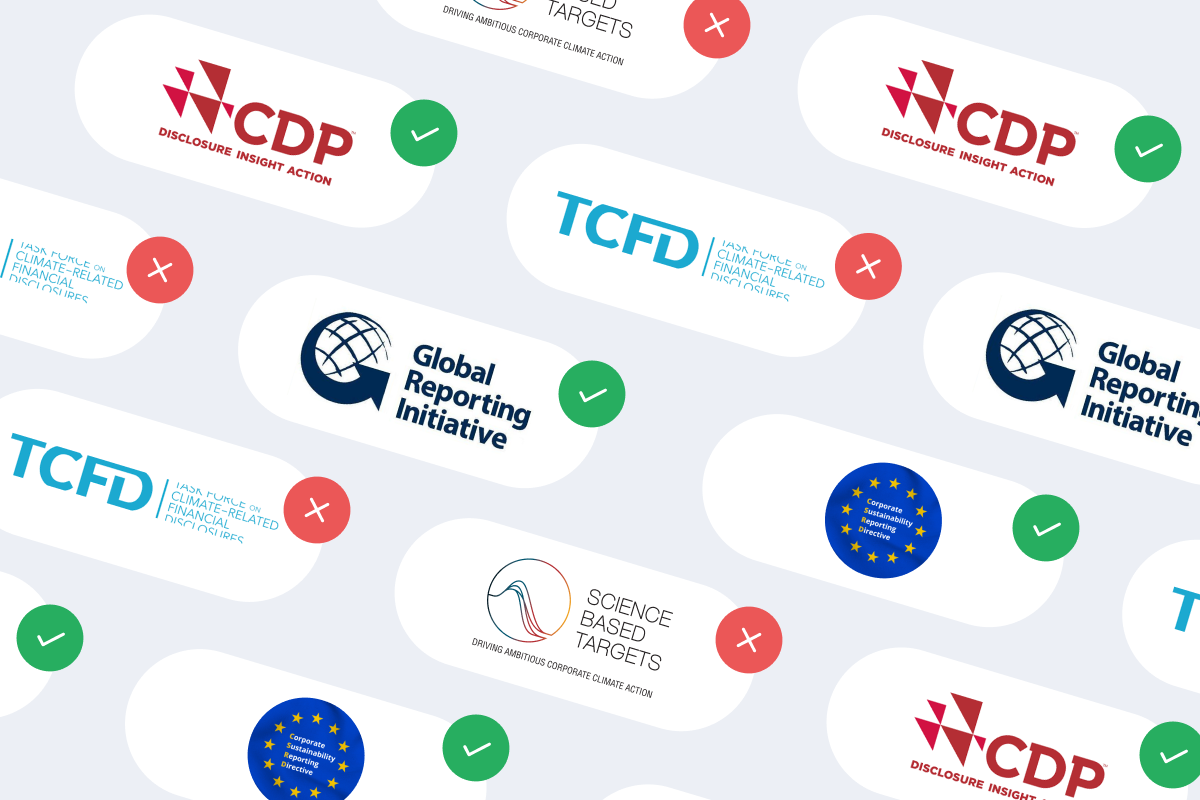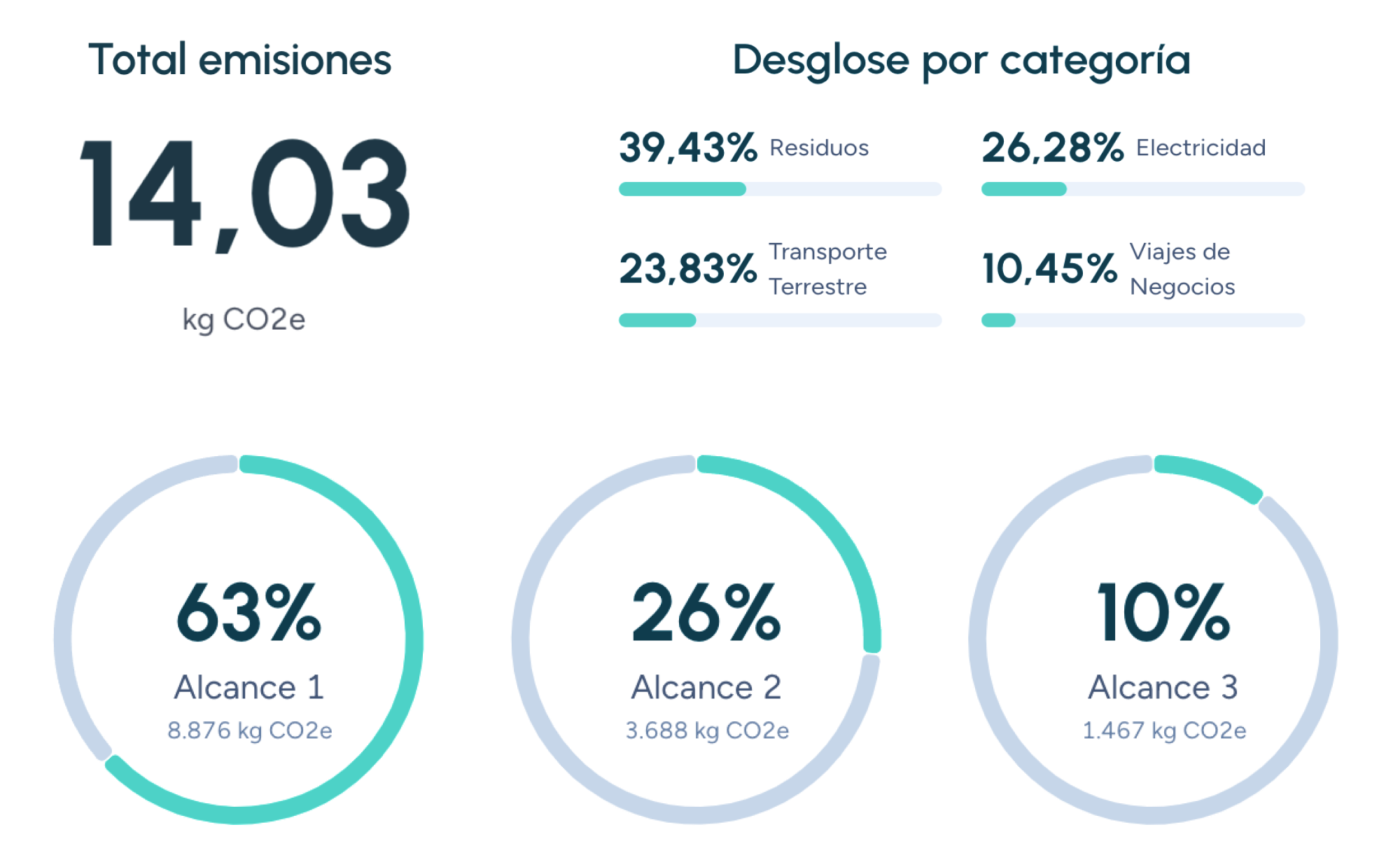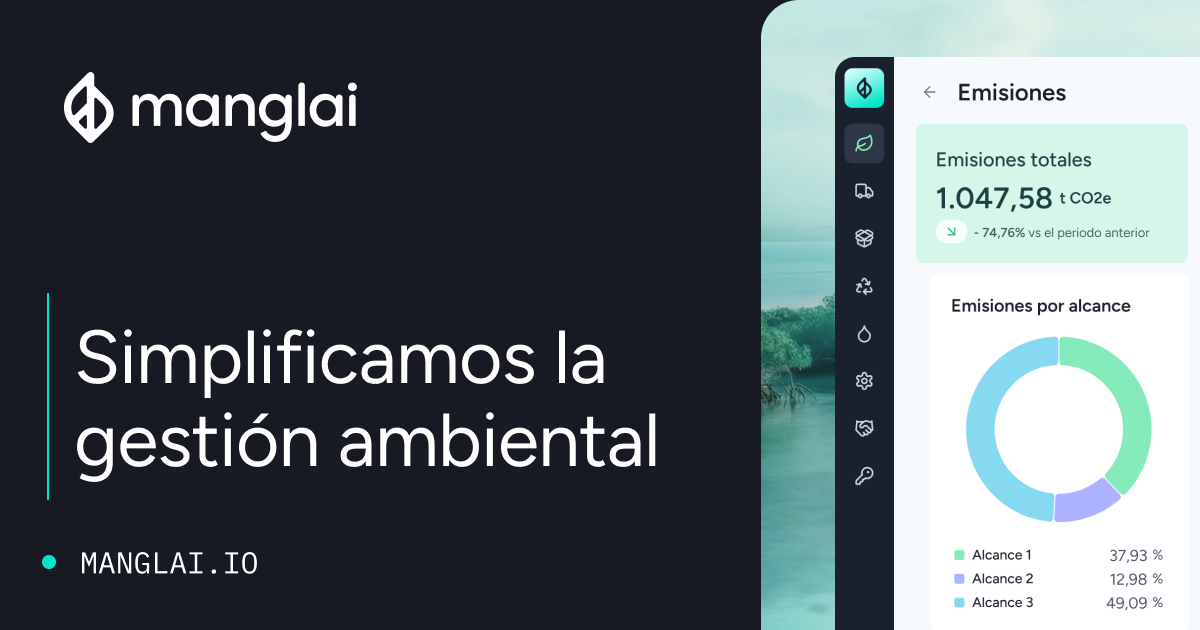Carbon gap analysis
A carbon gap analysis is an assessment that compares a company’s current or projected greenhouse gas (GHG) emissions with its emissions reduction targets. This tool provides a clear picture of the "gap" between where the company stands in terms of environmental impact and where it needs to be to meet its sustainability commitments.
What are carbon gaps?
Carbon gaps represent the difference between current GHG emissions and the levels that should be reached to meet climate goals such as those established by the Paris Agreement, which aims to limit global temperature rise to well below 2°C, preferably to 1.5°C, compared to pre-industrial levels.
Importance of carbon gap analysis
Carbon gap analysis is a crucial component of effective carbon footprint management for several reasons:
- Setting realistic goals: Enables companies to set data-driven emissions reduction targets that are both ambitious and achievable.
- Identifying areas for improvement: Highlights major sources of emissions and areas where reduction efforts would have the greatest impact.
- Prioritizing actions: Helps companies prioritize the most effective decarbonization strategies and investments.
- Tracking progress: Facilitates the monitoring of progress over time and the adjustment of strategies as needed.
Types of carbon gap analysis
There are different types of carbon gap analysis:
Absolute emissions gap analysis
Compares a company’s total GHG emissions over a given period with its absolute reduction targets.
Example: A company aims to reduce its absolute emissions by 20% by 2030.
Emissions intensity gap analysis
Compares a company’s emissions intensity (emissions per unit of output or activity) with its intensity targets.
Example: A company aims to reduce emissions per unit of product by 10% by 2025.
Emissions pathway gap analysis
Evaluates whether a company’s projected emissions trajectory aligns with global or sectoral pathways needed to meet climate goals, such as those in the Paris Agreement.
Methodology for carbon gap analysis
Conducting a carbon gap analysis generally involves the following steps:
- Define the scope: Determine the boundaries of the analysis, including operations, activities, and GHGs to be considered.
- Data collection: Gather accurate and comprehensive data on GHG emissions from relevant sources.
- Set targets: Define specific, measurable, achievable, relevant, and time-bound (SMART) emissions reduction targets.
- Gap analysis: Calculate the difference between current or projected emissions and the established targets.
- Identify reduction measures: Identify and evaluate options for reducing emissions and closing the gap.
- Develop an action plan: Create a roadmap to implement the selected reduction measures.
- Monitor and evaluate: Track progress, assess the effectiveness of the actions, and make necessary adjustments.
Benefits of carbon gap analysis for companies
- Regulatory compliance: Prepare for increasingly strict environmental regulations and avoid potential penalties.
- Reputation enhancement: Strengthen brand image and reputation as a socially responsible company.
- Access to financing: Open up new opportunities for funding and sustainable investment.
- Innovation and efficiency: Drive innovation and operational efficiency by identifying cost and resource-saving opportunities.
- Competitive advantage: Differentiate from competitors and attract environmentally conscious customers and investors.
Companies that trust us

Carbon intensity (CI)
Carbon intensity is a key indicator for measuring CO₂ emissions per unit of activity, essential in the fight against climate change and carbon footprint management.
Carbon negative
The concept of carbon negative is essential in the fight against climate change, as it involves removing more greenhouse gas emissions from the atmosphere than are generated, actively contributing to corporate sustainability and global CO₂ reduction.
Carbon sinks
Explore the crucial role of carbon sinks in the fight against climate change, their ability to absorb CO₂, and strategies to enhance their effectiveness in reducing the carbon footprint.
Guiding businesses towards net-zero emissions through AI-driven solutions.
© 2025 Manglai. All rights reserved
Política de Privacidad


